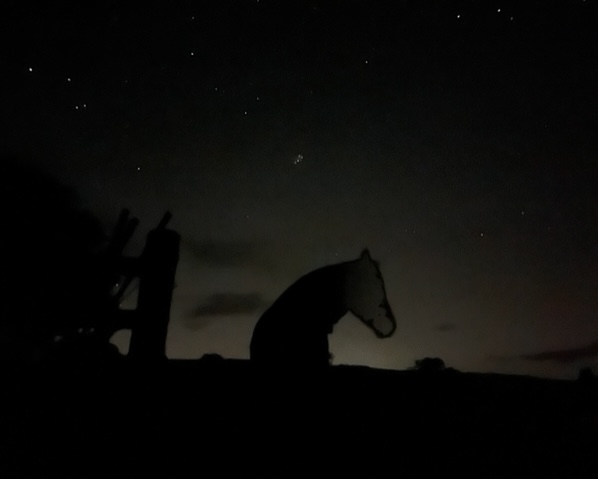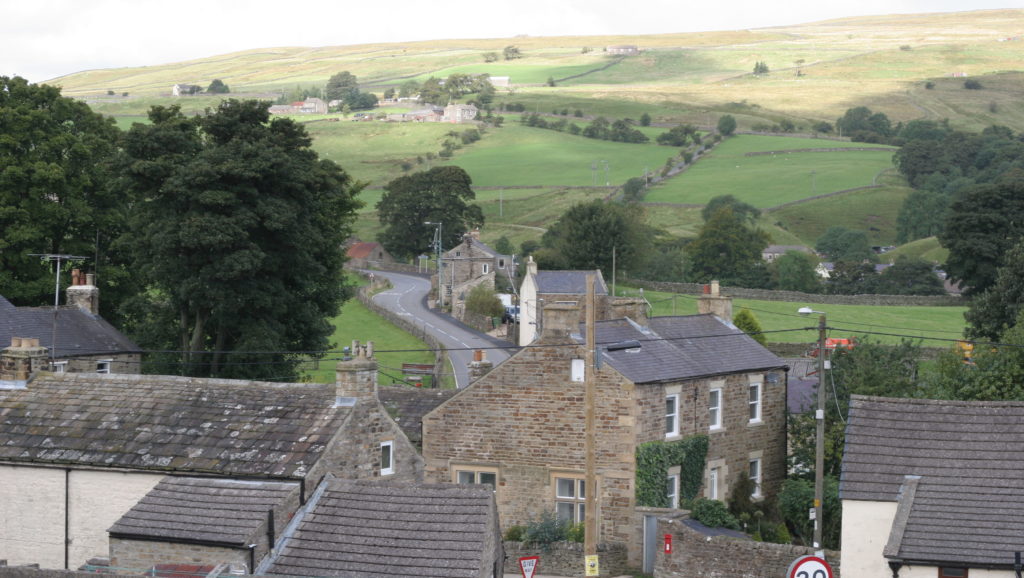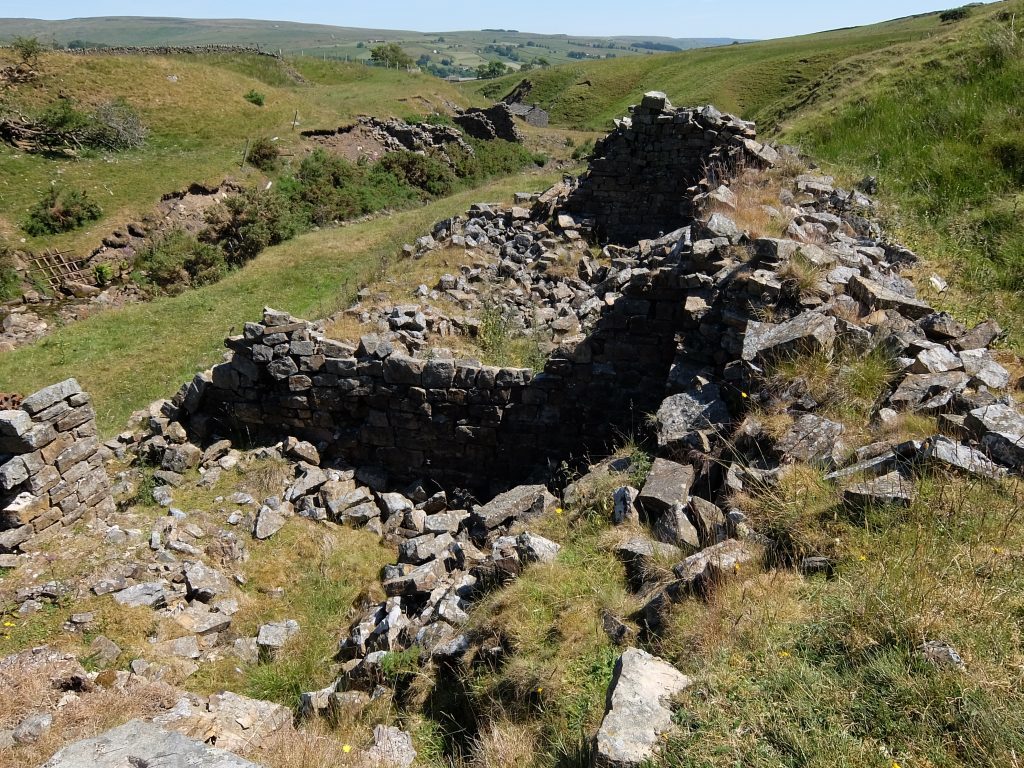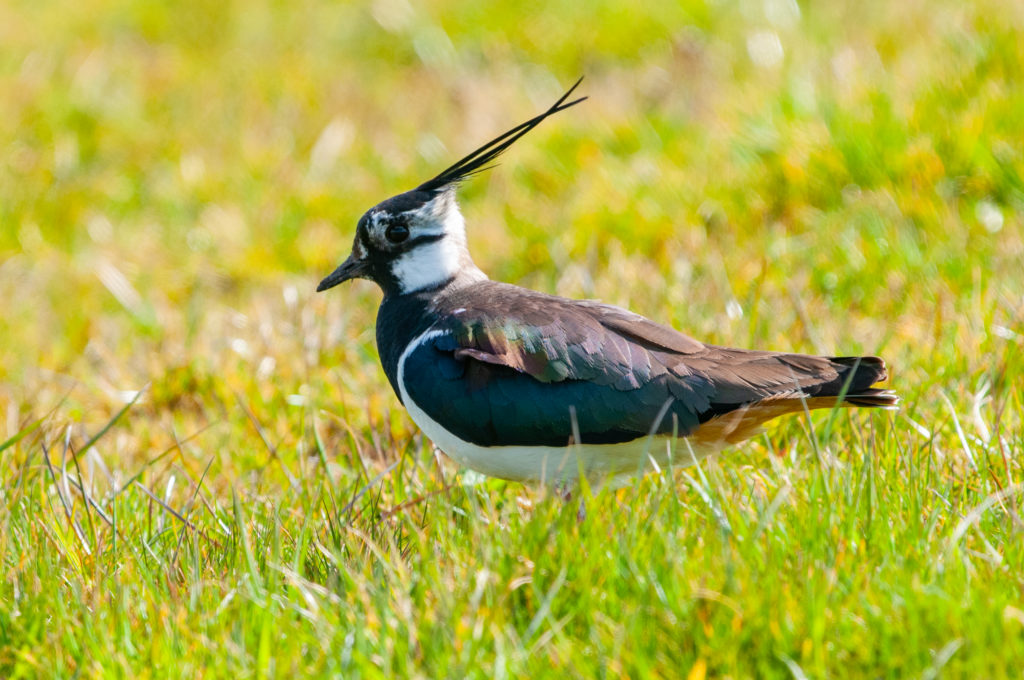What we do
Threats from non-native invasive species
A non-native species is a species which as been introduced by human action outside its natural past or present distribution. However, not all non-native species cause a problem in their new location. A non-native invasive species (NNIS) is a non-native animal or plant that is able to spread, causing damage to the environment, the economy, our health and the way we live. There are around 200 known non-native invasive species in the British Isles. Non-native invasive species are considered one of the greatest threats to our biodiversity; however it is not just the wildlife that suffers. According to the Non-native Secretariat, non-native invasive species in Britain cost us around £1.7 billion each year. Some non-native invasive species also pose a threat to human health, for example the sap of giant hogweed causing burns on exposed skin. Identification guides to all the non-native invasive species of the UK can be found on the non-native secretariat website.
Non-native invasive plants in the North Pennines
Japanese knotweed, himalayan balsam and giant hogweed are the three non-native invasive plant species which pose the greatest threat to the North Pennines AONB. We are fortunate that the spread of invasive plants in the North Pennines has not reached as significant proportions than in the lower reaches of out catchments. However, these species still pose a threat to the landscape, wildlife and people of the North Pennines. The three most common non-native plants found in the North Pennines often disperse via our rivers, with outbreaks often occurring downstream of where the source of the problem lies. We therefore have the opportunity in the head waters of the Eden, Wear, Tees and Tyne to remove source populations of non-native invasive plants and spot any new outbreaks.
As part of our WildWatch North Pennines project (2012-2014), the North Pennines AONB Partnership carried out a citizen science project asking volunteers to submit records of the three most common non-native invasive plants within the AONB, sharing this data with local organisation, such as Rivers Trusts, to help stop the spread.
Non-native invasive animals in the North Pennines
Grey squirrels are not native to the UK and pose a signification threat to wildlife in the North Pennines AONB. Grey squirrels cause the decline of native red squirrel populations through direct competition for food and by spreading the disease, Parapoxvirus, which kills red squirrels. Red squirrels are now classed as Near Threatened in England, with some of the last remaining populations found within the North Pennines AONB. Grey squirrels also have negative impacts upon woodlands. The Northern Red Squirrels website has identification help for distinguishing between red and grey squirrels.
The signal crayfish is another non-native invasive animal which currently poses an immediate threat to the North Pennines AONB. Signal crayfish were introduced to the UK in to 1970s/80s and have since spread rapidly, using river systems, crossing land barriers and being spread further by humans. Signal crayfish destroy populations of the native white-clawed crayfish, through competition for resources and spread of disease. Signal crayfish also negatively impact native fish and invertebrate species.
Follow the advice of the Check, Clean, Dry campaign to be part of the solution and help stop the spread of non-native invasive species through the North Pennines AONB.











